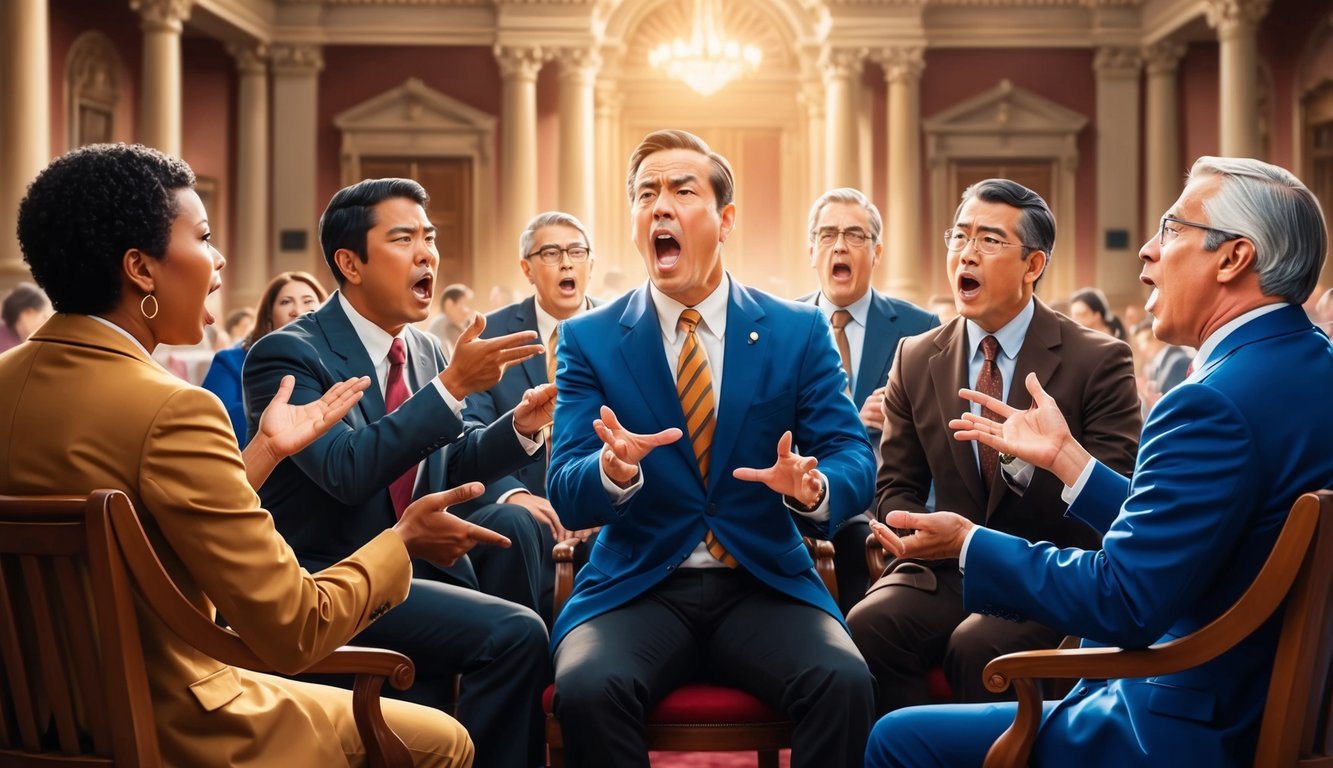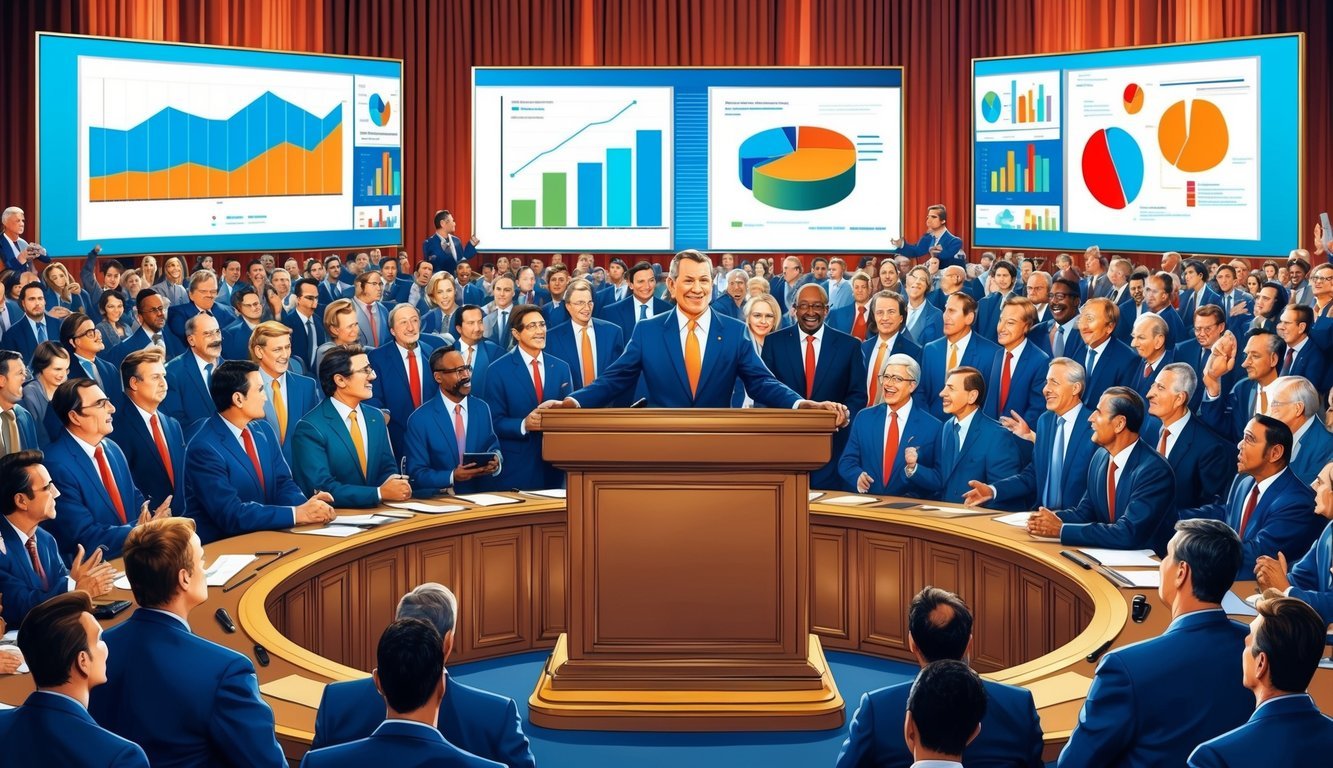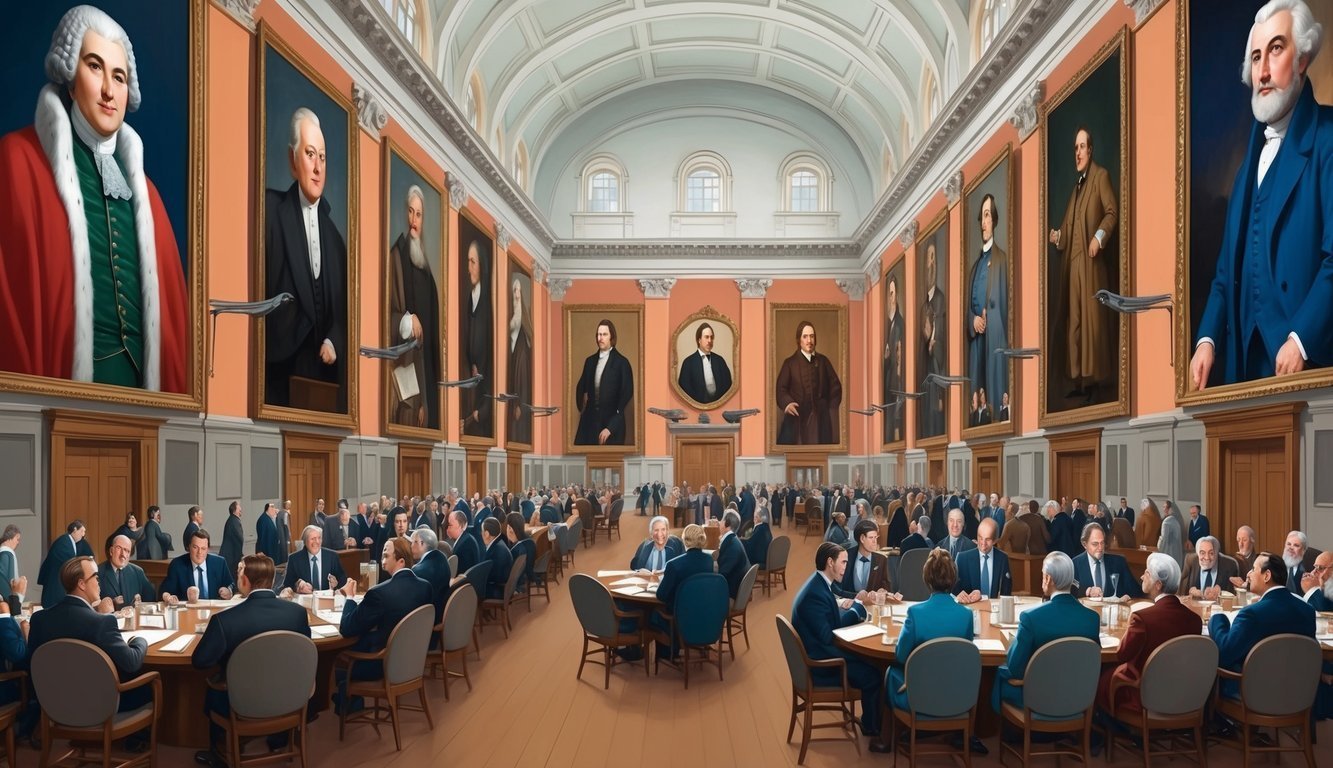Baseball’s Hall of Fame debates ignite passion among fans and players alike.
The yearly discussions about who deserves enshrinement in Cooperstown captivate the sport’s community.
These debates often center on comparing players from different eras and weighing various factors like statistical achievements, postseason success, and overall impact on the game.
The Hall of Fame selection process sparks intense scrutiny and analysis of players’ careers, bringing both joy and disappointment to candidates and their supporters. Recent debates have included the cases for Mark Buehrle, Tim Hudson, and Andy Pettitte – all respected pitchers from the same era.
Shohei Ohtani’s unprecedented two-way success has also prompted discussions about his potential Hall of Fame worthiness, even at this early stage of his career.
Controversial figures like Barry Bonds continue to fuel heated arguments about their place in baseball history and Hall of Fame eligibility.
These ongoing debates reflect the evolving standards and values within the sport, keeping baseball’s rich history and traditions at the forefront of fans’ minds year after year.
The Essence of the Hall of Fame

The Baseball Hall of Fame represents the pinnacle of achievement in America’s pastime.
It honors exceptional playing ability, sportsmanship, and contributions to the game.
History of Hall of Fame Inductions
The National Baseball Hall of Fame was established in 1936 in Cooperstown, New York.
Its first inductees included Babe Ruth, Ty Cobb, and Honus Wagner.
Over the decades, the Hall has grown to include over 300 members.
Early inductions focused primarily on players from the pre-1920 era.
In the 1950s and 60s, the Hall began recognizing more recent stars.
This trend continued, with modern players now regularly considered for induction.
The Hall also honors executives, managers, and other contributors to baseball history.
This ensures a comprehensive representation of the sport’s legacy.
Criteria for Selection
Playing ability is the primary factor in Hall of Fame selection.
Candidates must have excelled on the field for at least 10 years in the major leagues.
Statistical achievements are crucial.
Milestones like 3,000 hits or 500 home runs often boost a player’s chances.
Sportsmanship and character are also considered.
The Hall values players who exemplified integrity and respect for the game.
Contributions beyond playing are weighed.
This includes impact on team success, leadership, and influence on baseball culture.
Additionally, the evaluation of players now often incorporates the impact of advanced metrics in baseball, which provide a more nuanced understanding of a player’s value and contributions.
These metrics can highlight a player’s defensive prowess or their ability to get on base, thus shaping both team strategy and individual recognition in a rapidly evolving sport.
Ultimately, the holistic assessment of players ensures that their legacies are measured not just by statistics, but also by the intangible qualities they bring to the game.
Voters assess a player’s dominance during their era.
Comparisons to contemporaries help determine true greatness.
The selection process involves careful deliberation by baseball writers and veterans committees.
It ensures only the most deserving individuals are enshrined.
Notable Hall of Fame Classes

The Baseball Hall of Fame has welcomed many legendary players over the years.
Some classes stand out for their exceptional talent and impact on the game.
Remarkable Inductees
Eric Lindros entered the Hall in 2016 after a stellar career.
The “Big E” was known for his powerful play and scoring touch.
Paul Kariya joined in 2017, dazzling fans with his speed and skill.
Steve Larmer and Sergei Makarov made their mark in the 1980s and 90s.
Larmer’s consistency and two-way play earned him respect.
Makarov brought Soviet flair to the NHL.
Alexander Mogilny became one of the first Russian superstars in North America.
His electrifying offense lit up scoreboards for years.
Class of 2021 Overview
The 2021 class featured some long-awaited inductions.
No players were elected by the writers, but the Era Committees selected four new members.
Bud Fowler, Gil Hodges, Jim Kaat, and Minnie Miñoso joined the Hall’s ranks.
Fowler was a pioneer as one of the first Black professional players in the 1870s and 1880s.
Hodges excelled as both a player and manager.
Kaat’s pitching career spanned four decades.
Miñoso broke barriers as a Cuban star and became known as the “Cuban Comet” for his speed.
Debating Eligibility

Hall of Fame debates often center around which players truly deserve enshrinement.
Different factors come into play when evaluating a player’s worthiness, leading to heated discussions among fans and experts alike.
Controversial Considerations
Performance-enhancing substances cloud some players’ Hall of Fame cases.
Gary Sheffield faces this challenge in his final year on the ballot.
His impressive stats are overshadowed by murky PED allegations.
Regular season success versus postseason heroics also sparks debate.
Some argue that playoff performance should carry more weight.
Eli Manning’s two Super Bowl wins bolster his case despite less stellar regular season numbers.
Character issues can impact a player’s chances.
The selection committee weighs on-field achievements against off-field behavior.
This adds another layer of complexity to the voting process.
Overlooked Legends
Some players with strong credentials struggle to gain traction on Hall of Fame ballots.
Mark Buehrle and Tim Hudson, both new to the ballot in recent years, exemplify this group.
Their consistent excellence over long careers often gets overlooked.
Leaders in specific statistical categories sometimes fail to garner enough support.
Gold Glove winners and All-Star selections can boost a player’s resume, but may not be enough on their own.
Franchise icons like Jim Rice sometimes need multiple attempts before induction.
Rice’s 15-year journey to Cooperstown highlights how perceptions can shift over time.
The debate process itself can bring renewed attention to overlooked candidates.
Statistical Milestones

Statistical milestones have long played a crucial role in Hall of Fame debates.
These benchmarks serve as tangible measures of a player’s career accomplishments and impact on the game.
Impact of Wins and Championships
Wins and championships hold significant weight in Hall of Fame discussions.
A pitcher’s total wins can be a key factor, with 300 victories often seen as a golden ticket to Cooperstown. World Series rings also boost a player’s candidacy, showcasing their ability to perform on baseball’s biggest stage.
For position players, contributions to championship teams are highly valued.
Clutch performances in playoff games and World Series heroics can elevate a player’s status.
Game-winning hits or home runs in crucial moments become part of a player’s legacy and strengthen their Hall of Fame case.
Career Achievements and Accolades
Individual accolades and career milestones are essential in evaluating Hall of Fame worthiness.
The 3,000-hit club and 500-home run club have traditionally been viewed as automatic qualifiers for induction.
All-Star appearances, Gold Glove awards, and Most Valuable Player (MVP) trophies demonstrate a player’s excellence and recognition among peers.
The number of games played can highlight durability and longevity, important factors in Hall of Fame debates.
For pitchers, strikeouts, complete games, and ERA titles are closely examined.
Cy Young Awards carry substantial weight, often serving as a benchmark for pitching greatness.
Beyond the Stats

Hall of Fame debates often extend beyond raw numbers, delving into intangible factors that shape a player’s legacy.
These elements can profoundly influence perceptions of greatness and worthiness for baseball immortality.
The Cultural Influence of Players
Some players transcend their on-field achievements, becoming cultural icons.
Wayne Gretzky’s impact on hockey parallels legends like Babe Ruth in baseball.
Their stardom drew new fans and elevated their sports’ profiles.
Mark Messier’s leadership with the New York Rangers ended a 54-year championship drought, cementing his place in franchise lore.
Such moments resonate beyond statistics, speaking to a player’s ability to inspire and unite.
Bernie Federko’s play style influenced future generations, showcasing the value of playmaking centers.
While his numbers may not jump off the page, his impact on the game’s evolution is undeniable.
The Impact of Injuries on Careers
Injuries can dramatically alter a player’s trajectory and Hall of Fame chances.
A promising career cut short by unexpected health issues often sparks heated debates among voters.
Nagging injuries potentially cost Curtis Joseph a spot in the Hockey Hall of Fame.
His stellar goaltending was hampered by these injuries.
In baseball, players like Don Mattingly saw their prime years limited by back problems, raising questions of what could have been.
Shoulder injuries derailed promising pitchers’ careers, leaving fans to wonder about lost potential.
These setbacks can turn sure-fire Hall of Famers into borderline cases, complicating the voting process.
